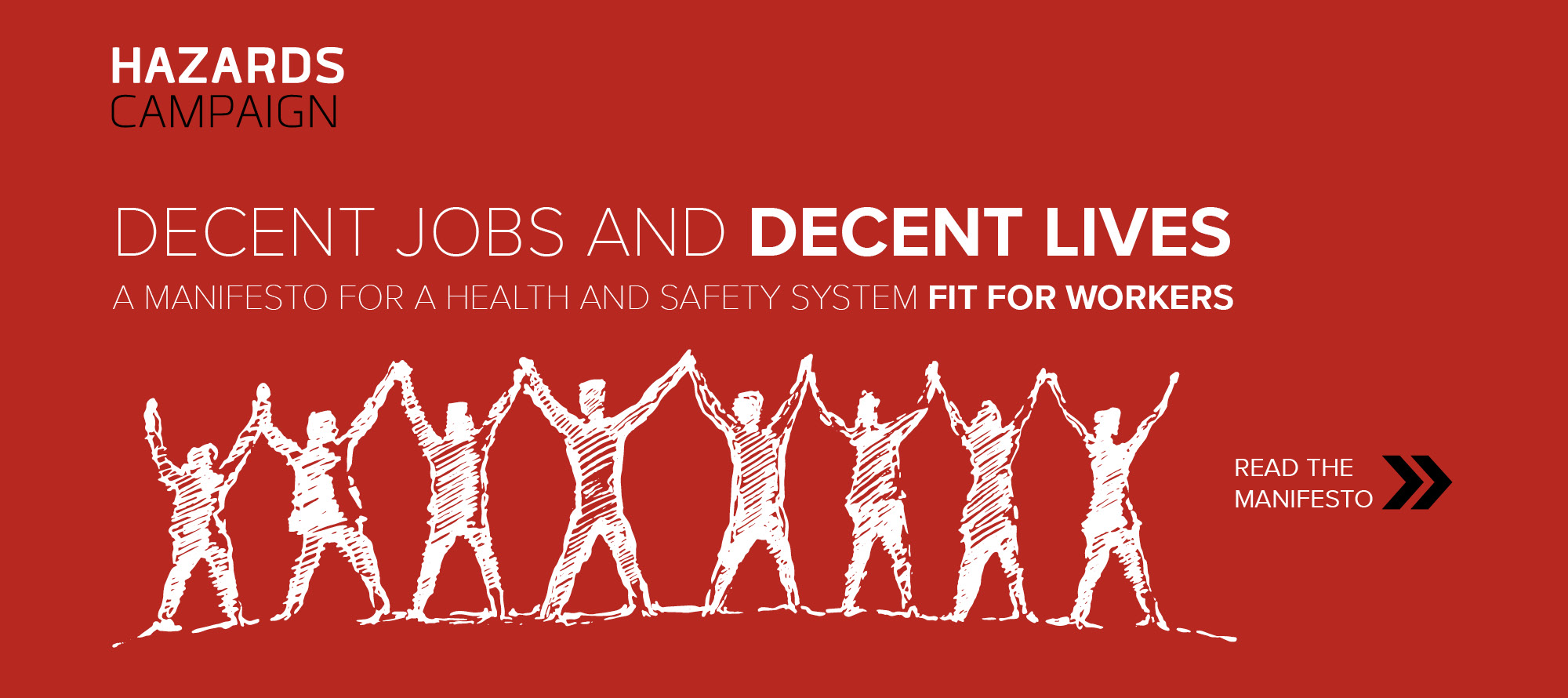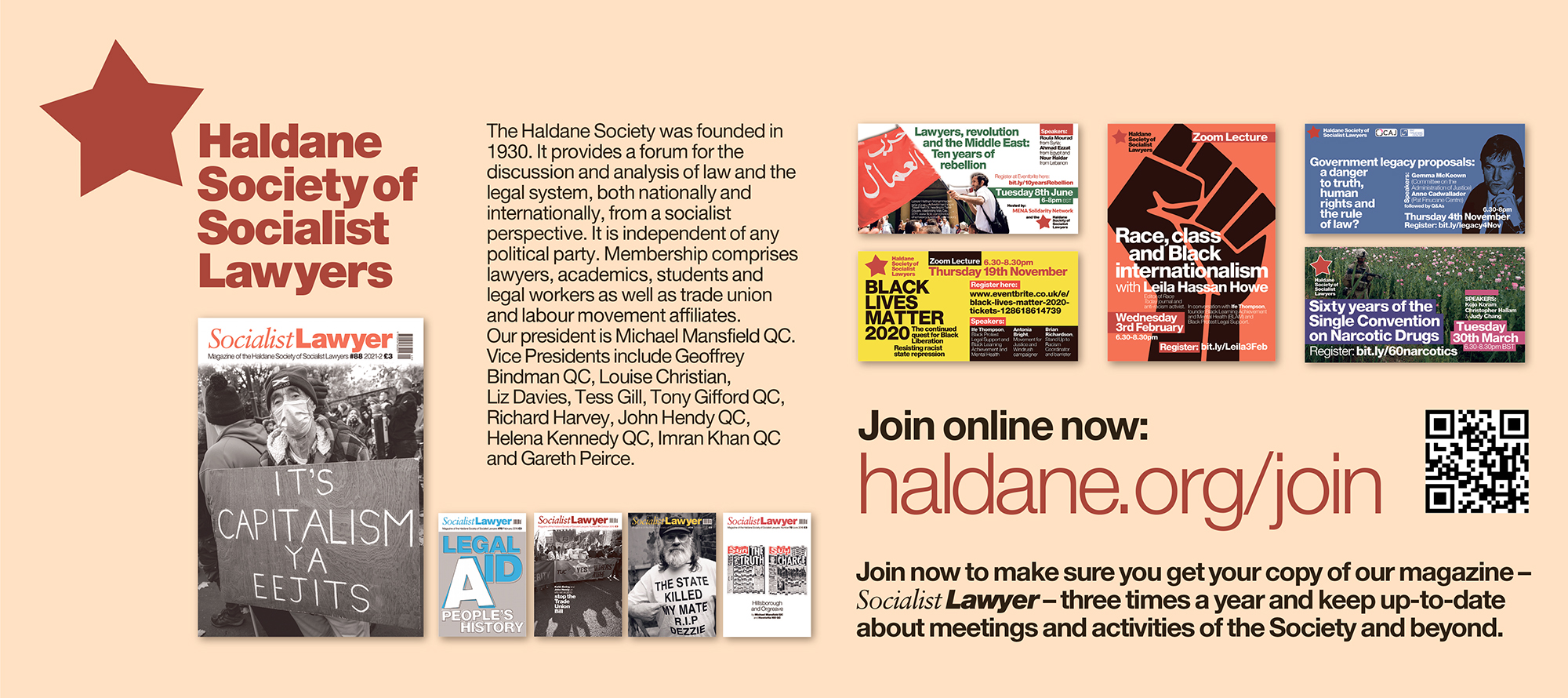It’s grim down south: How the North-South divide is a big fat myth
19 July 2013 By Megan Dobney, Regional Secretary of Southern and Eastern TUC (SERTUC) Contrary to expectations workers in every corner of the country are in the same boat.
19 July 2013
By Megan Dobney, Regional Secretary of Southern and Eastern TUC (SERTUC)
Contrary to expectations workers in every corner of the country are in the same boat.
As we know, averages can be misleading. If you have £999,998 and I have £2, we have an average half a million each.
On average, workers in the TUC’s Southern & Eastern Region (East of England, London and the South-East) are paid more than those in the Midlands or northern England.
But our regions are not homogenous and include peaks and troughs of poverty and wealth.
This is clear from a glance at the Department for Communities and Local Government’s English Indices of Deprivation.
The “top” ranking for most deprived English local authority goes to the London borough of Hackney, followed by Newham and Tower Hamlets.
In fact ten of the 20 most deprived authorities in England – there are 326 local authorities in total – are London boroughs.
Hastings in south-east England ranks 23rd, and Great Yarmouth in the east is at 57. Within the same region we have Hart district in Hampshire, the least deprived authority in the country, and South Cambridgeshire, the least deprived in eastern England.
So in spite of higher than average wages in the south the breakdown is more complicated.
Nomis, the official labour market statistics website, says the average full-time weekly wage in Britain and Northern Ireland was £508 in 2012.
In south-east England it’s £555.80. But in Hastings it’s £419.30.
In eastern England it’s £531, but in Great Yarmouth it’s £468.20.
In London it’s £613.30 but in Hackney it’s £594.10.
The London figures are distorted by extremes – the soaring pay in the banks and corporate headquarters versus the one in five Londoners on poverty pay, that is, less than the London Living Wage of £8.55 an hour.
Wages in the south might seem higher but there’s not a lot left when you consider rents.
One of the major rental agencies shows on its website that the cheapest two-bedroom flat available in Hastings is £450 per calendar month, while in Great Yarmouth it’s £350pcm and in Hackney £260 per week.
That compares to a two-bed in Liverpool going at £220pcm, in Nottingham for £140pcm or in Hull for £325pcm.
What all this shows is that the north-south divide is, for working people, a big fat myth.
In pound-coin terms there may be more of them for the government to take away from workers in the south.
But in reality all workers are suffering the pay freezes, the price rises and the service losses.
The subtle suggestion that workers in southern England are well-off is a classic divide-and-rule tactic. The challenge is to focus on what unites us, not on our differences.
The same applies to another issue, distinct from wage levels but intimately connected with them – collective bargaining.
Trade union density in the English workforce is 24.7%. The percentage of workers covered by collective agreements is 27.6%.
There are wide regional variations in both these figures – density ranges from 21% in the south-east to 32.5% in the north-east, while collective bargaining agreements cover 22.6% of Londoners but 33.9% of workers in north-east England.
But even here the stats need a bit of drilling into.
Significantly, companies (whether public or private) with more than 50 employees have a higher union density – 34.7% – and collective bargaining coverage of 41.6%.
And 62% of Britain’s employees work for companies with more than 50 staff.
The TUC has a campaign called Britain Needs a Pay Rise.
It’s true wherever we go in this country, north or south.
There has been a continuous shift in the proportion of gross domestic product, the sum of the value of all goods and services produced by Britain’s workers, going from wages to profit.
Nearly 12% of increasing GDP has gone from us to them over the past 30 years.
This great wages grab can only be challenged and changed collectively.
Employment may have risen since 2010, but it’s a false dawn. As the TUC revealed yesterday a stunning four out of five new jobs are in industries where the average wage is less than £8 an hour, such as retail and residential care.
Over the past two decades around two-thirds of Britain’s growth in demand has been down to household consumption.
So here, surely, lies the answer to the conundrum of continuing economic stagnation even while job numbers go up. Pay needs to be higher.
If workers haven’t got it, they won’t spend it.
All workers are under attack, from Surrey to Sunderland. And never has “united we stand, divided we fall” been more relevant.





